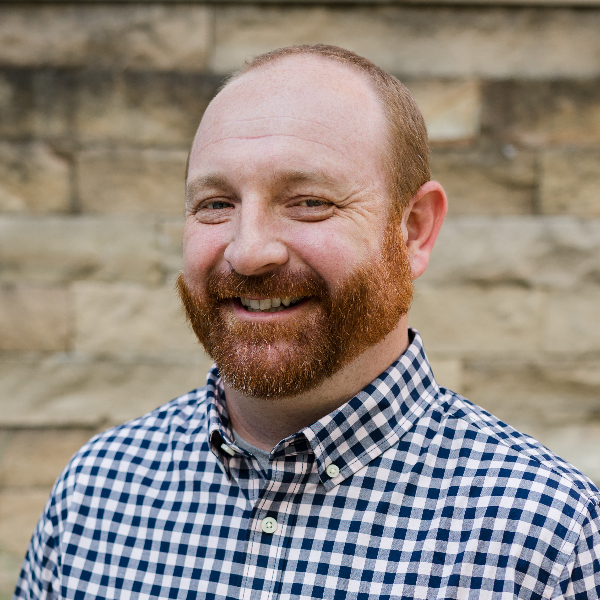Neighborhoods in Transition: 3 Historical Shifts That Changed Your Church’s Neighborhood
Does your neighborhood look different than your church membership? If so, your church is not the only one. Countless churches across the United States look up one day to realize that the neighborhood around them has completely changed. All of the friendly neighbors and recognized faces, which included many church members, were slowly replaced by a sea of unfamiliar strangers.
In the beginning, this was a problem specific to the urban church. Nowadays, this is happening everywhere. If you are a church in the suburbs, you are as likely to see a transitioning neighborhood as those center city churches did a generation ago.
The reasons for such transition are too many to count, but much of it can be summed up by looking at three broad eras in the life of American cities in the US.
The Turn of the Twentieth Century (Urbanization)
In 1840, there were roughly 4,000 residents in Chicago. By 1900 that number swelled to 1.5 million, with another 500,000 coming in the next decade, according to Steve Conn. Around the turn of the last century, urbanization was in full swing, and it was happening across the country. Skyscrapers emerged from the landscape and people streamed in. In addition, the first great wave of immigration hit the United States, bringing primarily European immigrants and many settled in our cities. This first boomed established the initial communities in our cities. As cities filled with people, churches were established in these cities.
The Beginning of the 1920s
However, a shift started to occur in the 1920s. As the cities filled up, congestion, pollution, racial tension and eventually crime followed. For many, the city was not the place they dreamed, and technology would pave the way out. Two major inventions would change the American landscape: the mass-produced house and the automobile. With the development of prefabricated housing, people were able to afford a low-cost house outside the city. Bigger still was the automobile. With the ability to travel freely, people could work inside the city without having to live there.
Enter suburbanization. For the next 60-70 years, America reversed it’s trend of urbanization as people moved out of the cities. The results were sprawling enclaves of single-family houses. Little bedroom communities dotted around the urban core. America’s growth was happening in the suburbs at an alarming rate. Soon, many churches had to be established in the suburbs. However, this left many of those urban churches in a weird place of transition. Many of its members were leaving for new churches in the suburbs, or they would simply commute in from the outside for Sunday worship. For middle class America, gone were the days of people living next to their church in the city. The neighborhoods around these churches in the city changed.
The Turn of the Twenty-First Century
But suburbanization did not usher in the death of the city center, as so many expected. Instead, around the turn of this century a renewed interest was sparked in the city. Millennials, most of which grew up in the suburbs, wanted to move in to the city. Furthermore, many of the Baby-boomers, who were now empty-nesters, no longer saw the need for a giant house with four bedrooms. Couple this with the second great wave of immigration consisting of people all over the world, and American cities are once again growing in their core.
Those middle-class folk wanting to move back in refer to this as gentrification and urban renewal, as they move back in to old, poor neighborhoods and renovate apartments, open trendy stores, and shift the landscape. However, the original residents of those neighborhoods tell a different story, the story of economic strong-arming and displacement as they are forced to leave their neighborhood to make way for “renewal.” Ironically, many of these inner city residents are being forced into the suburbs now as people from the suburbs reclaim the cities.
In short, our neighborhoods are changing. Urban, suburban, rural, all of them are shifting. Gentrification and immigration are moving people and people groups around in our communities, and there is a good chance that the neighborhood around your church is witnessing this kind of change. If you are in an urban church, you have watched transition happen for a while. If you are in a suburban church, then the transition may come as a surprise. Ethnic, economic, and religious diversity are moving into a neighborhood near you.
If our local churches are to remain faithful to our commission, we must take such transitions seriously. As God brings new people across our path, we cannot isolate ourselves from new neighbors. Certainly this kind of work takes effort, more importantly, it takes understanding. We must rediscover and understand the new neighborhood. This is not easy, and many times our neighborhoods transition in a way that makes us uncomfortable. The people may not look like us, think like us, eat like us, or believe like us, but the gospel is as much good news for them as it is for us. ”Escaping” is not an option, we have a mission.
Photo By MsSaraKelly





